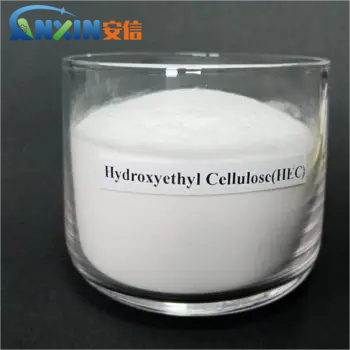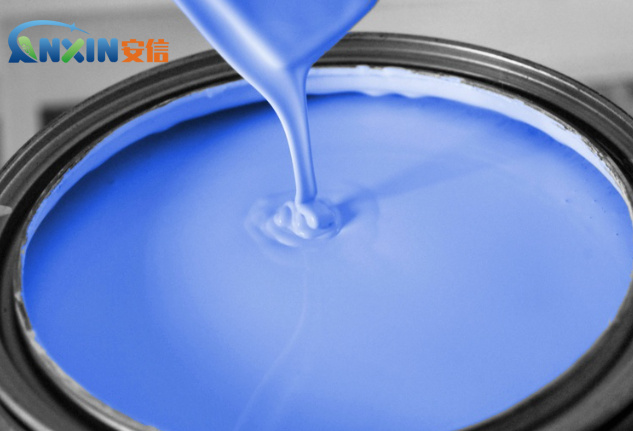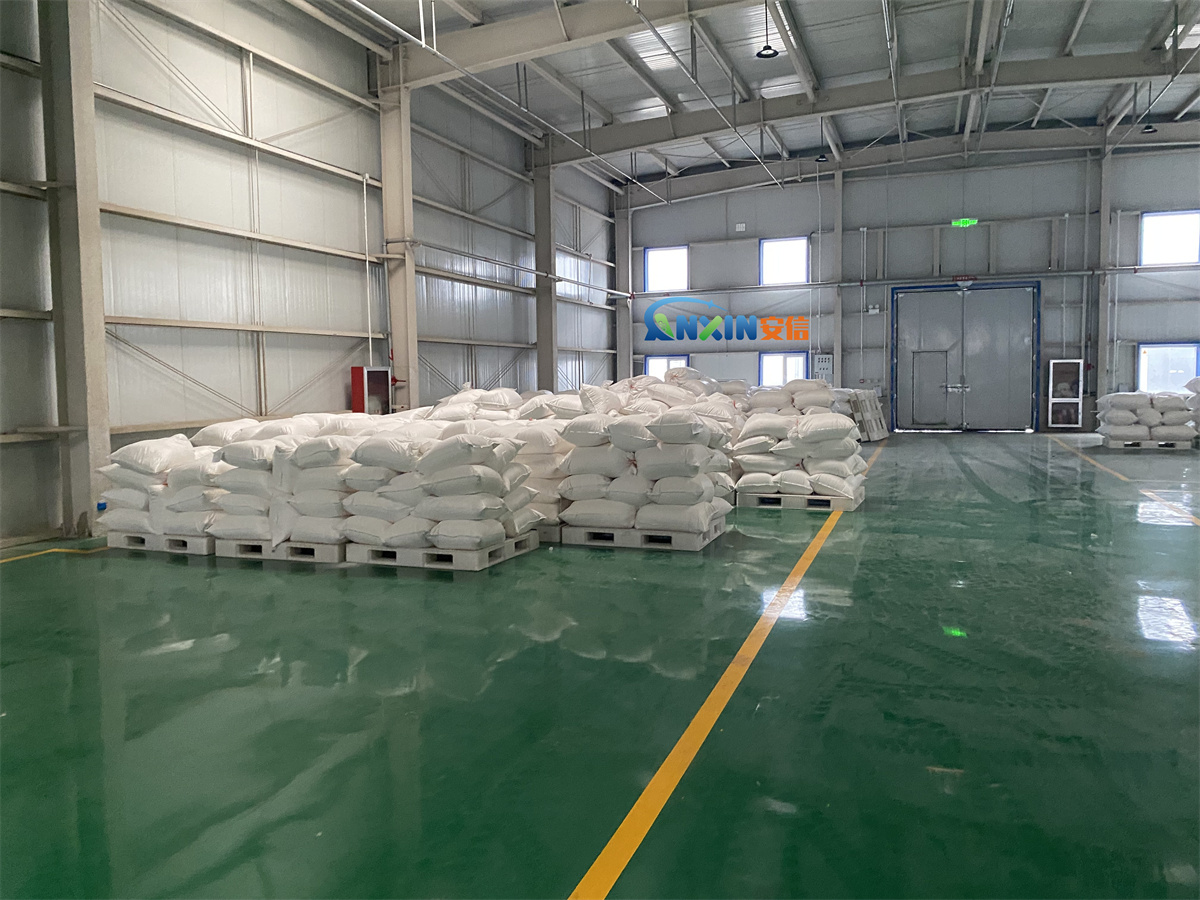Hydroxyethyl cellulose (HEC) is a non-ionic water-soluble polymer. It is widely used in the coating industry due to its good water solubility, thickening, film-forming properties and excellent surface activity. In coating formulations, HEC not only provides suitable rheological properties, but also plays a key role in the adhesion of coatings.

1. Structural characteristics of HEC
HEC molecules are composed of cellulose chains and hydroxyethyl substituents. Its cellulose chain has a polyhydroxy structure, which can form a strong interaction with the surface of the coating substrate through hydrogen bonds, thereby improving the adhesion of the coating. In addition, the hydroxyethyl substituent in the AnxinCel®HEC molecule increases its water solubility, allowing it to be evenly dispersed in the coating, thereby improving the film-forming quality of the coating.
2. Mechanism of HEC on Coating Adhesion
HEC in coatings mainly enhances the adhesion of coatings through the following mechanisms:
Improved surface wettability
HEC has good surface activity, which can reduce the surface tension of the coating and improve the wettability of the coating to the substrate surface. This wettability enables the coating to contact the substrate surface more closely, reducing the gaps at the interface, thereby improving the adhesion between the coating and the substrate.
Hydrogen bonding enhances interfacial bonding
The hydroxyl groups in the HEC molecules can form hydrogen bonds with the polar functional groups on the substrate surface (such as wood, glass, metal, etc.). This effect enhances the physical bonding between the coating and the substrate, making the coating less likely to peel off under external forces.
Rheological property regulation
HEC has a significant regulating effect on the rheological properties of the coating, reducing its fluidity by thickening the coating and preventing excessive sagging of the coating on the substrate surface. This property helps the coating form a uniform film on the substrate surface and reduce the decrease in adhesion caused by uneven film thickness.
Film-forming aid effect
HEC can improve the film-forming quality of the coating during the film-forming process, ensuring that the coating has continuity and uniformity after drying. This uniformity reduces the defective areas of the coating, thereby improving the overall adhesion.

3. Examples of HEC applications in different coatings
Waterborne architectural coatings
In architectural coatings, HEC improves the adhesion of coatings to wall substrates (such as cement or gypsum) by thickening, improving wettability, and enhancing film strength. In addition, HEC’s anti-sagging properties contribute to the surface smoothness of the coating after application.
Wood coatings
For wood coatings, the hydrogen bonding effect of HEC is particularly evident. The wood surface is rich in hydroxyl groups, and HEC can form a tight bond with it, significantly improving the durability and adhesion of the coating.
Metallic coatings
In metallic coatings, the wettability improvement of HEC enables the coating to better cover the metal surface and enhances the adhesion of the coating through polarity. This is particularly important in anti-corrosion coatings.
Glass coatings
HEC has a good adhesion-promoting effect on non-polar smooth surfaces such as glass, and the polar characteristics of the hydroxyl groups in its molecules can make up for the lack of chemical compatibility between the glass surface and the coating.
4. Limitations of HEC on coating adhesion
Although HEC has significant advantages in improving coating adhesion, it also has certain limitations. For example, HEC is easy to absorb moisture in a high humidity environment, which may lead to a decrease in coating performance. In addition, for some high-demand industrial coatings, HEC needs to be used in combination with other additives to achieve higher performance.

As an important thickener and film-forming additive, the application of AnxinCel®HEC in coatings greatly improves the adhesion of coatings. It enables coatings to better adapt to a variety of substrates through multiple mechanisms such as enhancing wettability, forming hydrogen bonds, and improving film-forming properties. However, in actual applications, the addition amount and compatibility of HEC should be optimized in combination with the specific coating formula and the use environment to give full play to its role.
Post time: Jan-11-2025